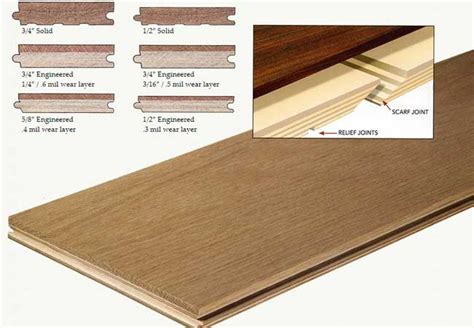Guaranteed Hardwood Protection: The Right Rubber Flooring Thickness
Protecting your valuable hardwood floors is crucial, especially in high-traffic areas or environments prone to impact. Rubber flooring offers an excellent solution, providing a durable and resilient layer that safeguards your investment. However, choosing the right thickness is paramount to ensuring adequate protection. This article will guide you through determining the ideal rubber flooring thickness for your specific needs, addressing common concerns and offering expert insights.
What Factors Determine the Necessary Rubber Flooring Thickness?
Several factors influence the required thickness of rubber flooring for optimal hardwood protection. These include:
-
Subfloor Condition: If your subfloor is uneven or has imperfections, a thicker rubber flooring (e.g., 5/16" or even 3/8") will provide better leveling and distribute weight more evenly, preventing damage to the hardwood beneath. A perfectly level subfloor may allow for a thinner option (e.g., 1/4").
-
Expected Foot Traffic: High-traffic areas, like commercial spaces or hallways with constant footfall, demand thicker rubber flooring (at least 3/8" to 1/2") to withstand the wear and tear. Residential areas with moderate traffic can often use thinner options (1/4" to 3/16").
-
Type of Hardwood: Softer hardwood species are more susceptible to dents and scratches than harder varieties. For softer hardwoods, a thicker rubber layer offers enhanced protection.
-
Presence of Heavy Equipment or Furniture: If your hardwood floors are subjected to heavy equipment or frequently rearranged furniture, a thicker rubber floor (at least 1/2") is strongly recommended to prevent compression and damage.
-
Desired Cushioning and Comfort: Thicker rubber flooring provides more cushioning, increasing comfort underfoot. This is particularly important in gyms, fitness areas, or residential spaces where comfort is a priority.
What Thicknesses of Rubber Flooring Are Available?
Rubber flooring comes in various thicknesses, each suited for different applications:
-
1/4" (6.35mm): This is the thinnest commonly available option, generally suitable for residential areas with low to moderate traffic and level subfloors. It offers basic protection but may not be ideal for high-traffic zones or areas with heavy equipment.
-
3/16" (4.76mm): Slightly thicker than 1/4", offering marginally better protection and cushioning than the thinnest option.
-
3/8" (9.53mm): A more substantial thickness, offering improved protection against impact and better cushioning. A good choice for moderate to high-traffic areas and areas with potential for heavier loads.
-
1/2" (12.7mm): This is a thick and durable option, suitable for high-traffic commercial spaces, areas with heavy equipment, or where superior cushioning and impact absorption are crucial.
-
> 1/2": Even thicker options exist, tailored for specialized applications requiring exceptional protection and impact absorption.
How Thick Should My Rubber Flooring Be? A Guide
Here's a simplified guide to help you choose the right thickness:
- Low traffic, level subfloor, hard hardwood: 1/4" or 3/16"
- Moderate traffic, relatively level subfloor: 3/8"
- High traffic, uneven subfloor, or softer hardwoods: 1/2" or thicker
- Heavy equipment or frequent impacts: 1/2" or thicker
What are the Pros and Cons of Different Thicknesses?
Thinner Rubber Flooring (1/4" - 3/16"):
Pros: More affordable, easier to install, may be easier to clean. Cons: Offers less protection against impact, less cushioning, may show imperfections in the subfloor.
Thicker Rubber Flooring (3/8" - 1/2" and above):
Pros: Superior impact and dent protection, increased cushioning, better sound absorption, hides subfloor imperfections better. Cons: More expensive, potentially more difficult to install, can be heavier.
Can I Use Too Thick Rubber Flooring?
While there’s no such thing as “too much” protection for your hardwood, overly thick rubber flooring might present practical challenges. Extremely thick rubber flooring could make transitions between rooms awkward and even create tripping hazards. It could also raise the overall floor level significantly, affecting door clearances or requiring adjustments to baseboards. Therefore, choose the thickest option that practically meets your needs.
This guide offers a starting point. Consult with flooring professionals for tailored advice based on your specific hardwood, subfloor, and usage requirements to ensure guaranteed hardwood protection with the right rubber flooring thickness.

